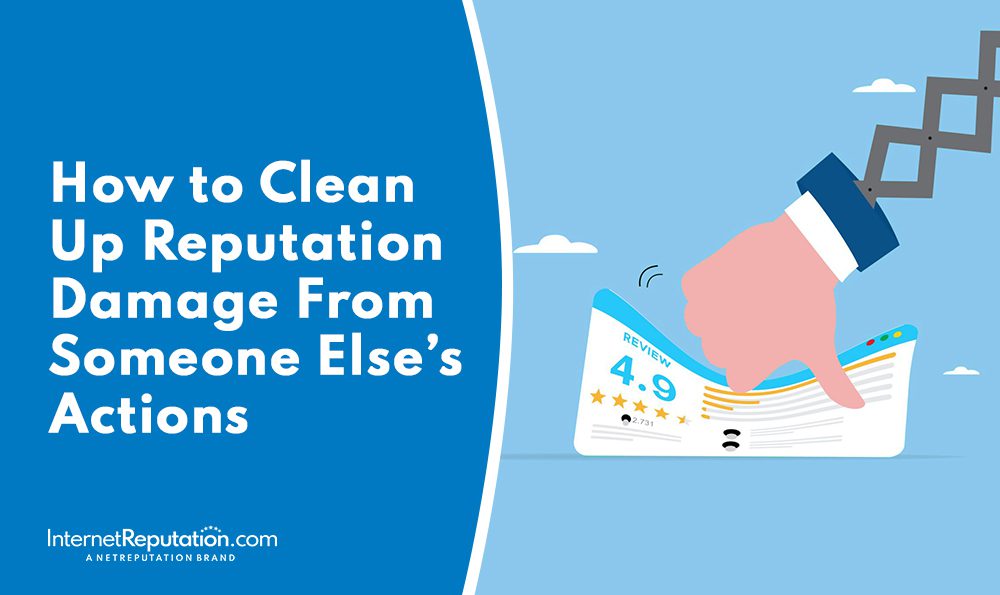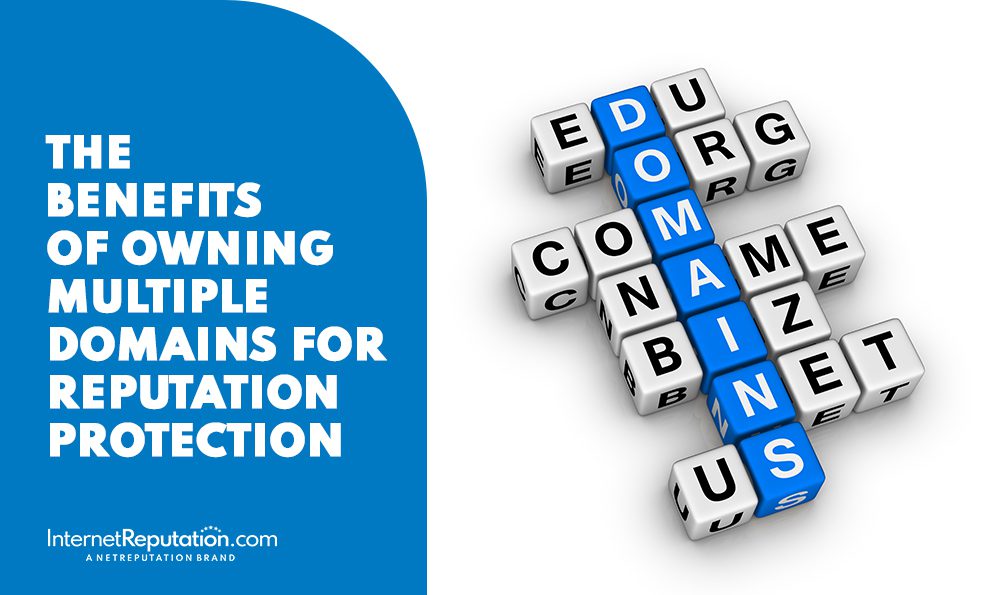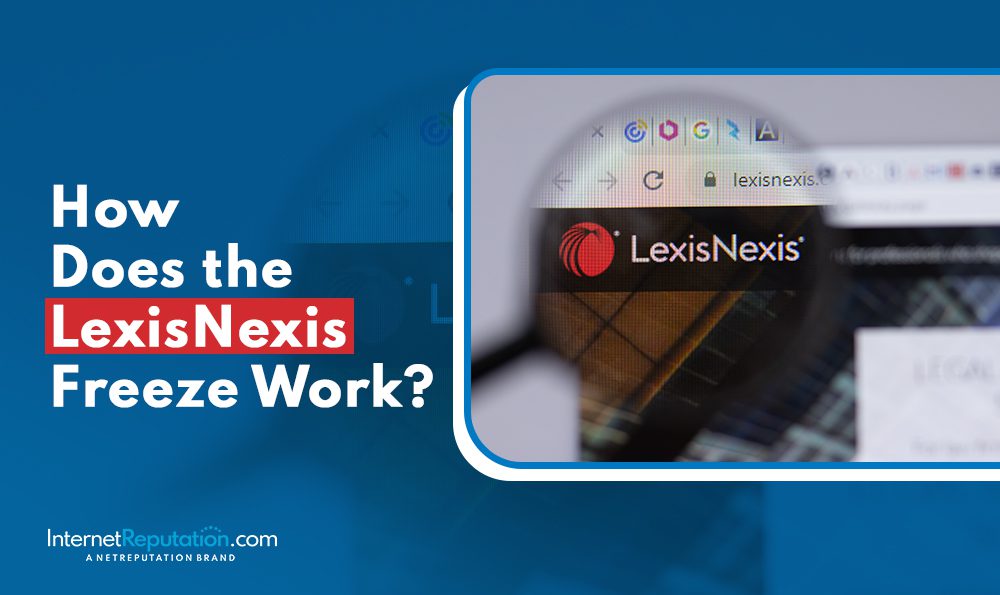How to Clean Up Reputation Damage From Someone Else’s Actions

In an era where social media channels, data leaks, and online visibility dominate public perception, reputation damage has become a major concern for individuals and businesses alike. A single defamatory statement, misleading customers, or even a poorly timed post can lead to a full-blown reputation crisis.
Whether you’re a public figure or a private citizen, reputational damage can have a severe financial impact and emotional toll—ranging from lost revenue to defamation lawsuits, diminished brand equity, and even regulatory costs.
What Is Reputation Damage?
Reputation damage refers to the harm done to a person’s or company’s reputation due to public criticism, false statements, or ethical violations. When amplified through social media platforms and media coverage, it can significantly affect stakeholder expectations, shareholder value, and customer acquisition.
Reputational damage can stem from events like data breaches, insider trading, poor-quality products, or negative reviews in business. In extreme cases, it can trigger a defamation claim or lawsuit that results in significant financial losses and long-term damage to market share and brand reputation.
How Others Can Harm Your Reputation
The actions of others—be it a competitor, disgruntled employee, or online troll—can cause major harm to a person’s character or business. Damaging lies, defamatory statements, or posts that suggest ethical violations (e.g., use of performance-enhancing drugs) can spiral into bad news across social media, harming a strong online presence and turning a good reputation into a bad reputation.
For private citizens and public figures alike, actual malice is a legal standard that matters in a defamation claim. In other words, legal action may be warranted if someone knowingly spreads falsehoods to cause harm.
Signs of Reputational Damage
Identifying reputational damage early can limit financial losses and reputational risk. Warning signs include:
- Negative reviews or hostile comments on social media channels
- Decline in customer engagement or retention
- Sudden drop in market value or market share
- Internal tension and low employee morale
- Lost revenue or disruption in customer acquisition
Reputation damage may also affect intellectual capital—your ability to attract top talent, partnerships, or media opportunities. Monitoring social sentiment and feedback helps catch issues before they escalate.
How to Monitor Your Online Reputation
Monitoring your online reputation is a core aspect of modern risk management. Use tools like Google Alerts, Mention, or specialized platforms offered by a reputation management firm to help you track media coverage, bad reviews, and mentions across websites and social media platforms.
Key steps:
- Set alerts for your name or business
- Regularly audit social channels and reviews
- Review feedback from current customers and key stakeholders
- Track sentiment changes over time
Steps to Repair Reputation Damage
Reputation repair starts with taking responsibility. Even if the damage stems from a false statement, how you respond influences public perception.
1. Address the issue directly
Acknowledge what happened, and if applicable, express regret. A short answer denying everything may appear evasive. Instead, communicate clearly with your target audience. Transparency is key.
2. Respond quickly
Time is of the essence. Delayed responses to criticism coming from key stakeholders or customers can suggest indifference. In contrast, responding quickly shows you’re paying attention and value feedback.
3. Control the narrative
Leverage your social media channels to provide updates, share your side of the story, and demonstrate improvements. Self-promotion alone won’t help—genuine impact matters
4. Create new, positive content
Rebuild your personal brand or business’s reputation through blog posts, customer testimonials, community involvement, and thought leadership. Highlight the lessons learned and what you’re doing differently.
5. Seek professional help
Partnering with a reputation management firm is often the best course of action in more serious cases—such as defamation, data breaches, or ethical allegations. These firms specialize in repairing online damage and protecting against future attacks.
Preventing Future Reputational Damage
Once you’ve started rebuilding, focus on long-term reputation management. Prevention includes:
- Establishing corporate governance best practices
- Training employees to avoid ethical lapses or misleading statements
- Regularly reviewing content shared online to align with brand values
- Securing sensitive data to prevent breaches
Companies featured in the Harvard Business Review often cite strong corporate governance and active brand reputation management as key to maintaining shareholder value and protecting against reputational risk.
What to Do If It Happens Again
Even with the best preparation, reputation issues can resurface. The next time criticism comes your way:
- Take a breath before reacting
- Acknowledge legitimate concerns
- Correct false narratives with facts
- Learn from the experience and do things differently
Reputation recovery is not just damage control—it’s about growth, resilience, and showing your audience that your actions match your words.
Conclusion: Reputation Is an Ongoing Investment
Maintaining a good reputation requires constant attention. Reputational damage can affect more than public perception—it can trigger financial losses, reduce market value, and impact every aspect of your business or personal brand.
Whether managing a crisis or proactively safeguarding your image, investing in strong reputation management practices and seeking help can preserve your brand equity and create more value in the long run.
Remember: A reputation crisis doesn’t define you—but how you respond to it absolutely will.



